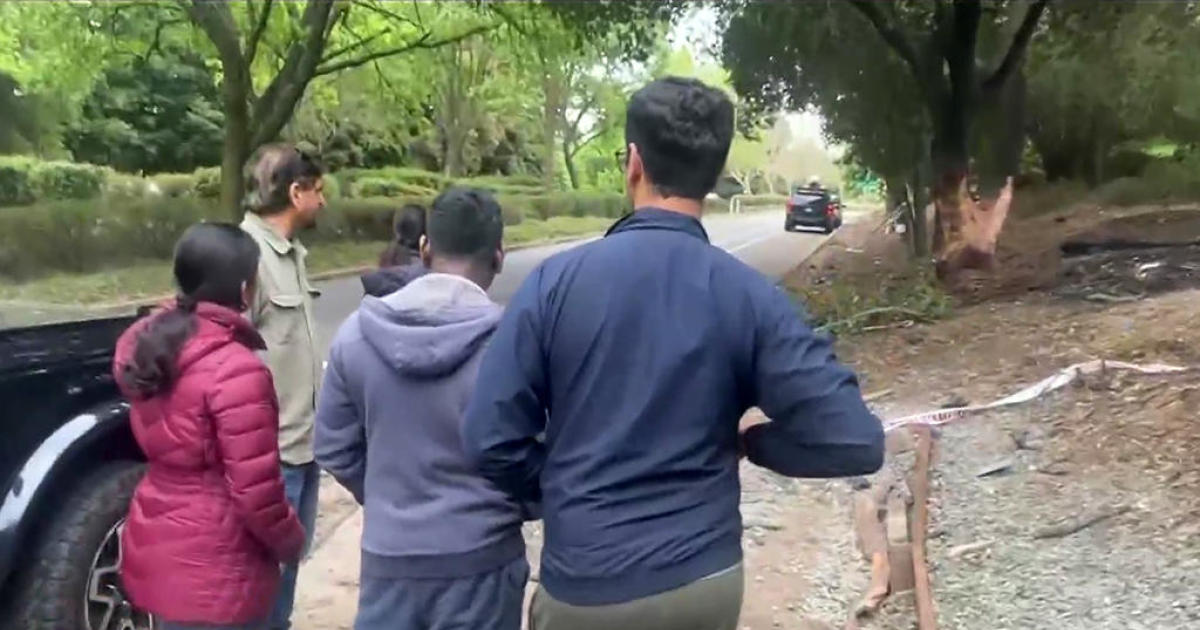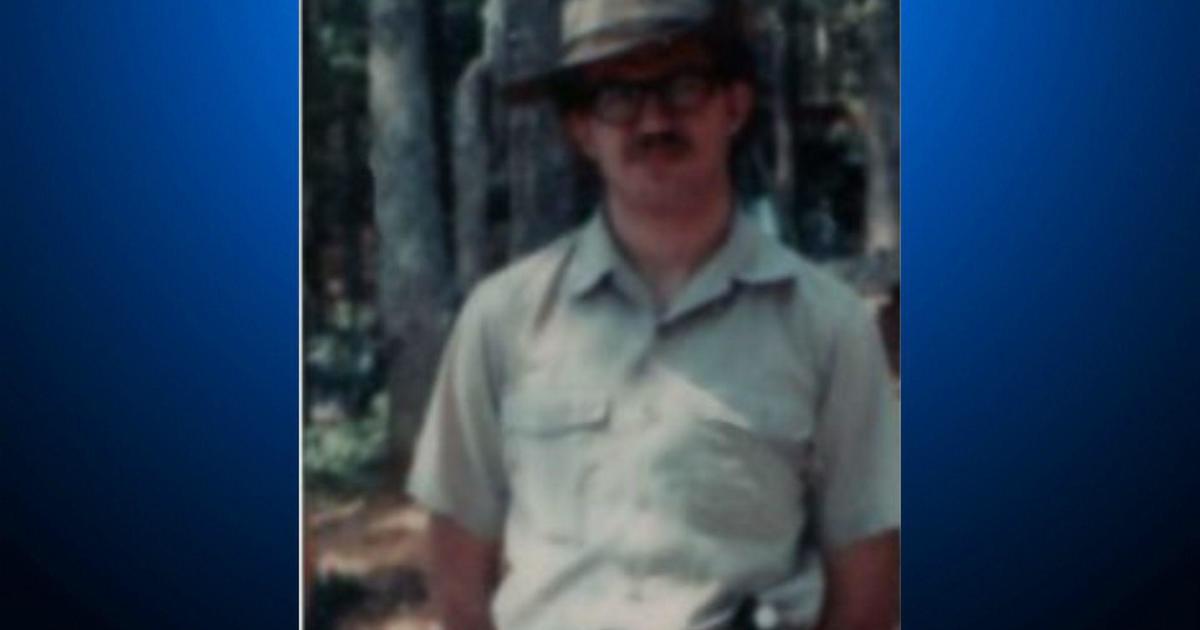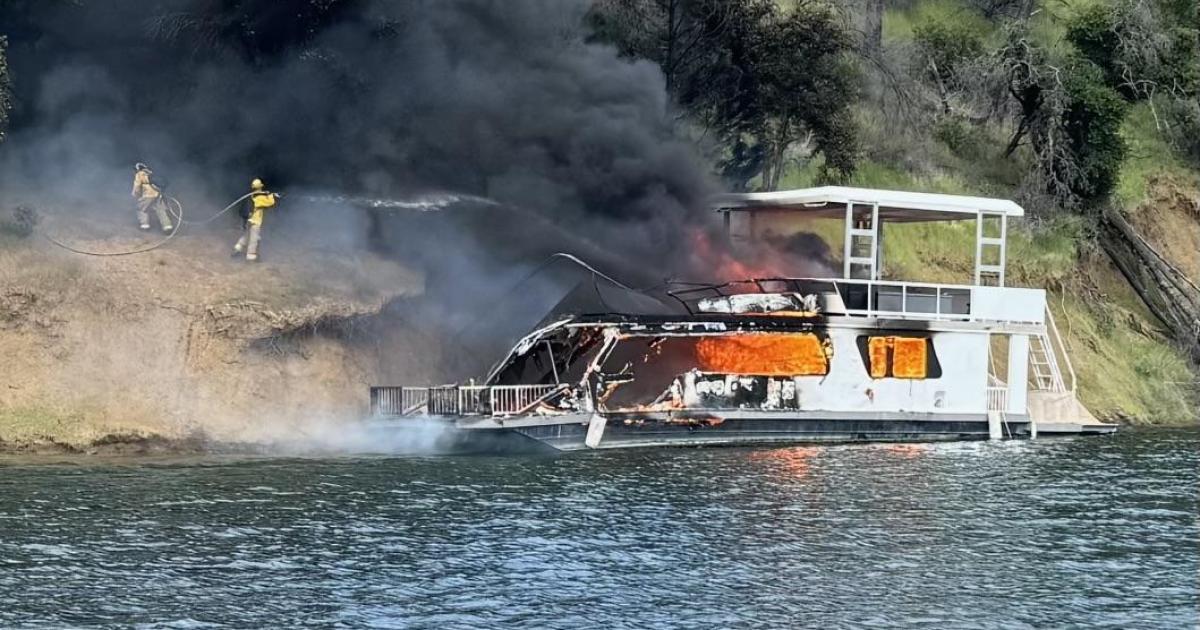Aid Slow In Arriving For Typhoon Haiyan Survivors; Scenes Of Desperation
TACLOBAN, Philippines (CBS/AP) – Thousands of survivors of Typhoon Haiyan have jammed the airport in the city which took the brunt of the devastating storm, hoping to find food, water or a way out of the devastation.
Five days after the typhoon hit, aid is barely beginning to trickle into the area, but the now the challenge is delivering the medical supplies, pallets of water and food sent by the Philippine government and countries around the world.
Tuesday, thousands of rain-soaked typhoon survivors massed at the Tacloban airport, pleading for water, food and medicine. Many had camped out in hopes of either being evacuated or of being among the first to receive aid.
- Typhoon Haiyan Relief – How To Help
- Typhoon Haiyan - Latest Updates
- CBS News Coverage – Typhoon Haiyan
- Photo Gallery: Typhoon Devastates Philippines
"We need help. Nothing is happening. We haven't eaten since yesterday afternoon," a weeping 81-year-old Aristone Balute told an Associated Press reporter. She was among the scores who failed to get a flight out of Tacloban for Manila, the capital.
The official death toll from Haiyan rose to 1,774 Tuesday, although it's expected the figure would rise.
Philippines President Benigno Aquino told CNN on Tuesday the death toll is likely closer to 2,000, not the previously reported figure of 10,000.
Other authorities have said they fear estimates of 10,000 dead are accurate and might be low.
Millions across the country have been left homeless. The scale of the disaster, along with the untold number of blocked roads and power outages means few survivors have received any help.
"There is a huge amount that we need to do. We have not been able to get into the remote communities," U.N. humanitarian chief Valerie Amos said in Manila Tuesday.
"Even in Tacloban, because of the debris and the difficulties with logistics and so on, we have not been able to get in the level of supply that we would want to. We are going to do as much as we can to bring in more," she said.
Tacloban, a city of about 220,000 people on Leyte island, bore the full force of the winds and the tsunami-like storm surges Friday. Most of the city is in ruins, a tangled mess of destroyed houses, cars and trees. Malls, garages and shops have all been stripped of food and water by hungry residents.
The loss of life appears to be concentrated in Tacloban and surrounding areas, including a portion of Samar island that is separated from Leyte island by a strait. It is possible that other devastated areas are so isolated they have not yet been reached.
The dead, decomposing and stinking, litter the streets or are buried in the debris.
There is also growing concern about recovering corpses from throughout the disaster zone. "It really breaks your heart when you see them," said Maj. Gen. Romeo Poquiz, commander of the 2nd Air Division.
"We're limited with manpower, the expertise, as well as the trucks that have to transport them to different areas for identification," Poquiz said. "Do we do a mass burial, because we can't identify them anymore? If we do a mass burial, where do you place them?"
In Cebu, to the southwest, the Philippine air force has been sending three C-130s back and forth to Tacloban from dawn to dusk, and had delivered 400,000 pounds of relief supplies, Lt. Col. Marciano Jesus Guevara said. A lack of electricity in Tacloban means planes can't land there at night.
Guevara said the C-130s have transported nearly 3,000 civilians out of the disaster zone, and that the biggest problem in Tacloban is a lack of clean drinking water.
"Water is life," he said. "If you have water with no food, you'll survive."
A team from Medecins Sans Frontieres, complete with medical supplies, arrived in Cebu island Saturday looking for a flight to Tacloban, but hadn't left by Tuesday. A spokesman for the group said it was "difficult to tell" when it would be able to leave.
"We are in contact with the authorities, but the (Tacloban) airport is only for the Philippines military use," Lee Pik Kwan said in a telephone interview.
An Associated Press reporter drove through Tacloban for about 7 kilometers (4 miles) and saw more than 40 bodies. There was no evidence of any organized delivery of food, water or medical supplies, though piles of aid have begun to arrive at the airport. Some people lined up to get water from a hose, presumably from the city supply.
Most Tacloban residents spent a rainy night wherever they could -- in the ruins of destroyed houses, in the open along roadsides and shredded trees. Some slept under tents brought in by the government or relief groups.
"There is no help coming in. They know this is a tragedy. They know our needs are urgent. Where is the shelter?" said Aristone Balute's granddaughter, Mylene, who was also at the airport. "We are confused. We don't know who is in charge."
Damaged roads and other infrastructure are complicating relief efforts. Government officials and police and army officers are in many cases among the victims themselves, hampering coordination. The typhoon destroyed military buildings that housed 1,000 soldiers in Leyte province.
There were other distractions, including a jailbreak in Tacloban. Army Brig. Gen. Virgilio Espineli, the deputy regional military commander, said he wasn't sure how many of the 600 inmates fled.
At Matnog, the port for ferries leaving for Samar island, dozens of trucks piled high with aid were waiting to cross. In Manila, soldiers loaded pallets of water, medical supplies and food into C-130 planes bound for the disaster area.
The U.N. said it had released $25 million in emergency funds to pay for shelter materials and household items, and for assistance with the provision of health services, safe water supplies and sanitation facilities.
The USS George Washington is headed toward the region with massive amounts of water and food, but the Pentagon said the aircraft carrier won't arrive until Thursday. The U.S. also said it is providing $20 million in immediate aid.
Aid totaling tens of millions of dollars has been pledged by many other countries, including Japan, Australia and Britain, which is sending a Royal Navy vessel.
For now, relief has come to a lucky few, including Joselito Caimoy, a 42-year-old truck driver. He was able to get his wife, son and 3-year-old daughter on a flight out of Tacloban. They embraced in a tearful goodbye, but Caimoy stayed behind to guard what's left of his home and property.
"People are just scavenging in the streets. People are asking food from relatives, friends. The devastation is too much. ... The malls, the grocery stories have all been looted," he said. "They're empty. People are hungry. And they (the authorities) cannot control the people."
The storm also killed eight people in southern China and inflicted hundreds of millions of dollars in damage to farming and fishing industries, Chinese state media reported Tuesday.
The Philippines, an archipelago nation of more than 7,000 islands, is annually buffeted by tropical storms and typhoons, but Haiyan was an especially large catastrophe. Its winds were among the strongest ever recorded, and it may have killed more people than the previous deadliest Philippine storm, Thelma, in which about 5,100 people died in the central Philippines in 1991.
The country's deadliest disaster on record was the 1976 magnitude-7.9 earthquake that triggered a tsunami in the Moro Gulf in the southern Philippines, killing 5,791 people.
Tacloban is near Red Beach on Leyte Island, where U.S. Gen. Douglas MacArthur waded ashore in 1944 during World War II and fulfilled his famous pledge: "I shall return." The scene is re-created in a monument on the shore. After the typhoon, one of the seven statues -- but not the one of MacArthur himself -- was toppled over.
(TM and © Copyright 2013 CBS Radio Inc. and its relevant subsidiaries. CBS RADIO and EYE Logo TM and Copyright 2013 CBS Broadcasting Inc. Used under license. All Rights Reserved. This material may not be published, broadcast, rewritten, or redistributed. The Associated Press contributed to this report.)



